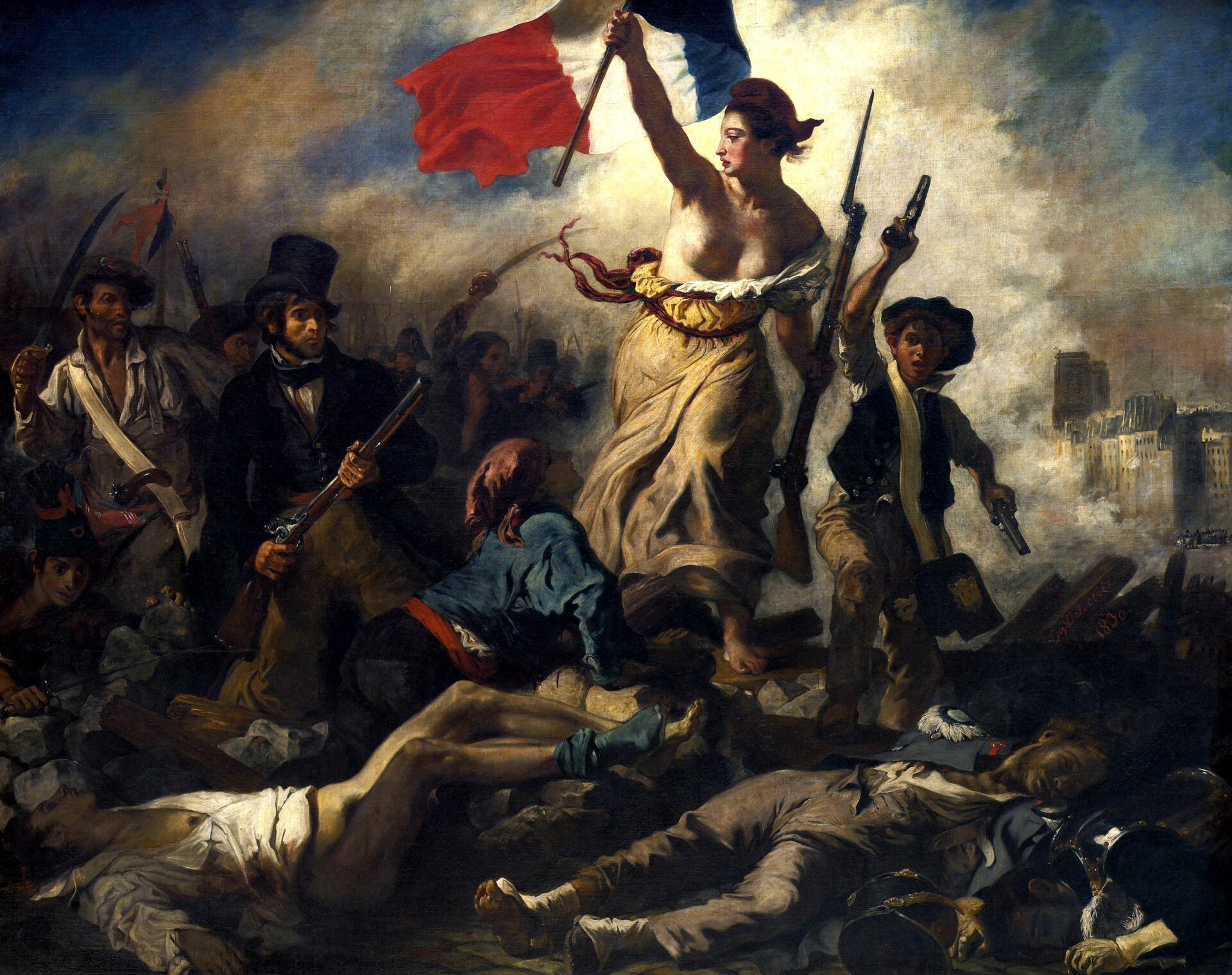The revolutionary wave of the 1830s confirmed two major political developments. First, it widened the split between the West and the East already evident after the revolutions of 1820. Britain and France were committed to support cautiously liberal constitutional monarchies both at home and in Belgium.
On the other hand, Russia, Austria, and Prussia were more firmly committed than ever to counterrevolution. In 1833 Czar Nicholas I, Metternich, and King Frederick William III formally pledged their joint assistance to any sovereign threatened by revolution.
Second, revolution succeeded in 1830 only where it enlisted the support of a large part of the population. It failed in every country where the revolutionaries represented only a fraction of the people. In Poland the social policies of aristocratic nationalist leaders alienated them from the peasants. Italian revolutionaries still relied on their romantic Carbonari tradition and on unrealistic hopes of foreign aid.
In Germany revolution was a matter of student outbursts and other gestures by a small minority. Conspirators and intellectuals needed to make their doctrines penetrate to the grass roots of society; they needed to develop able political leaders and to mature well-laid plans for political reform. These tasks they undertook after 1830; their success was to be tested in the revolutions of 1848.

